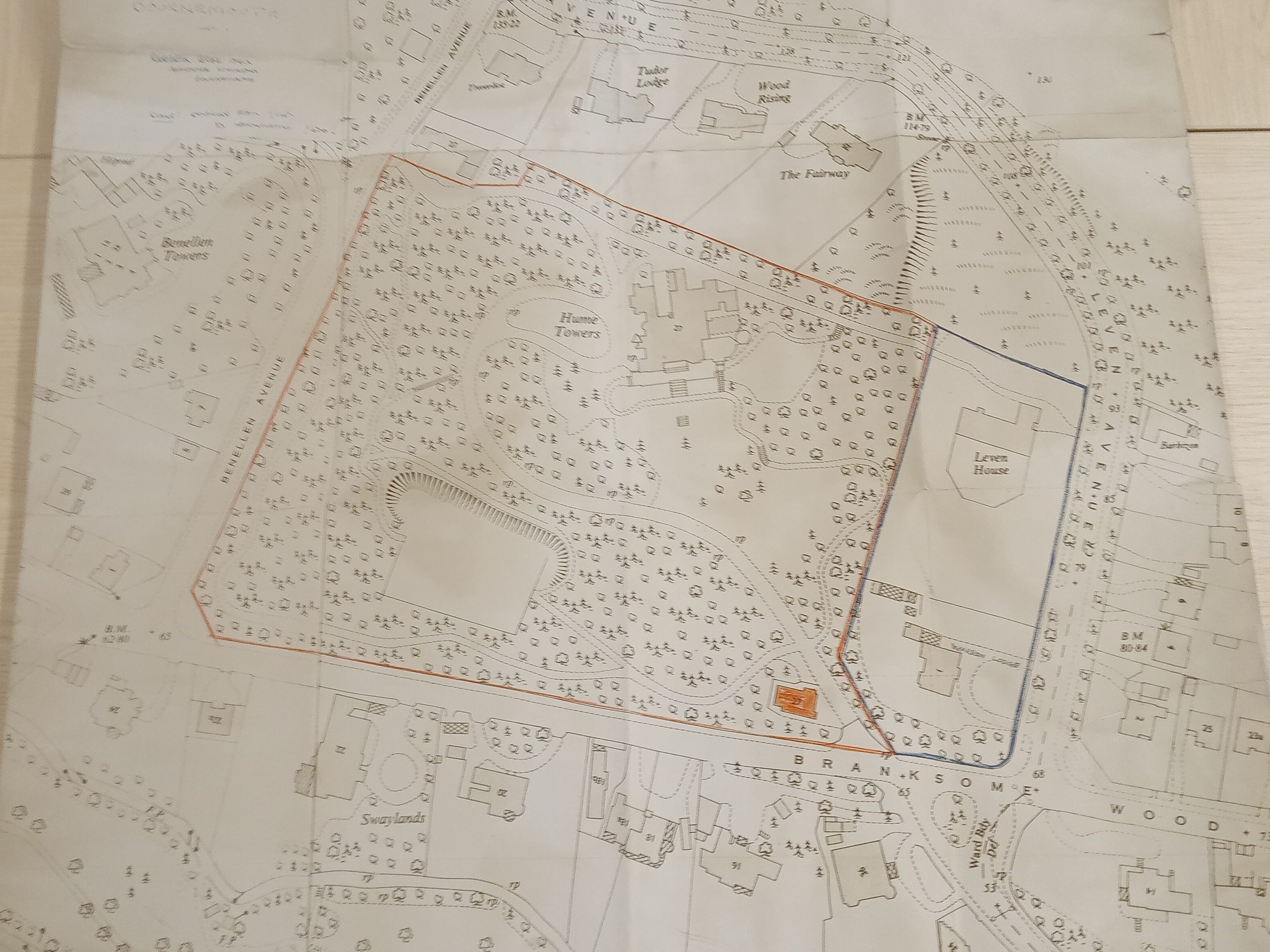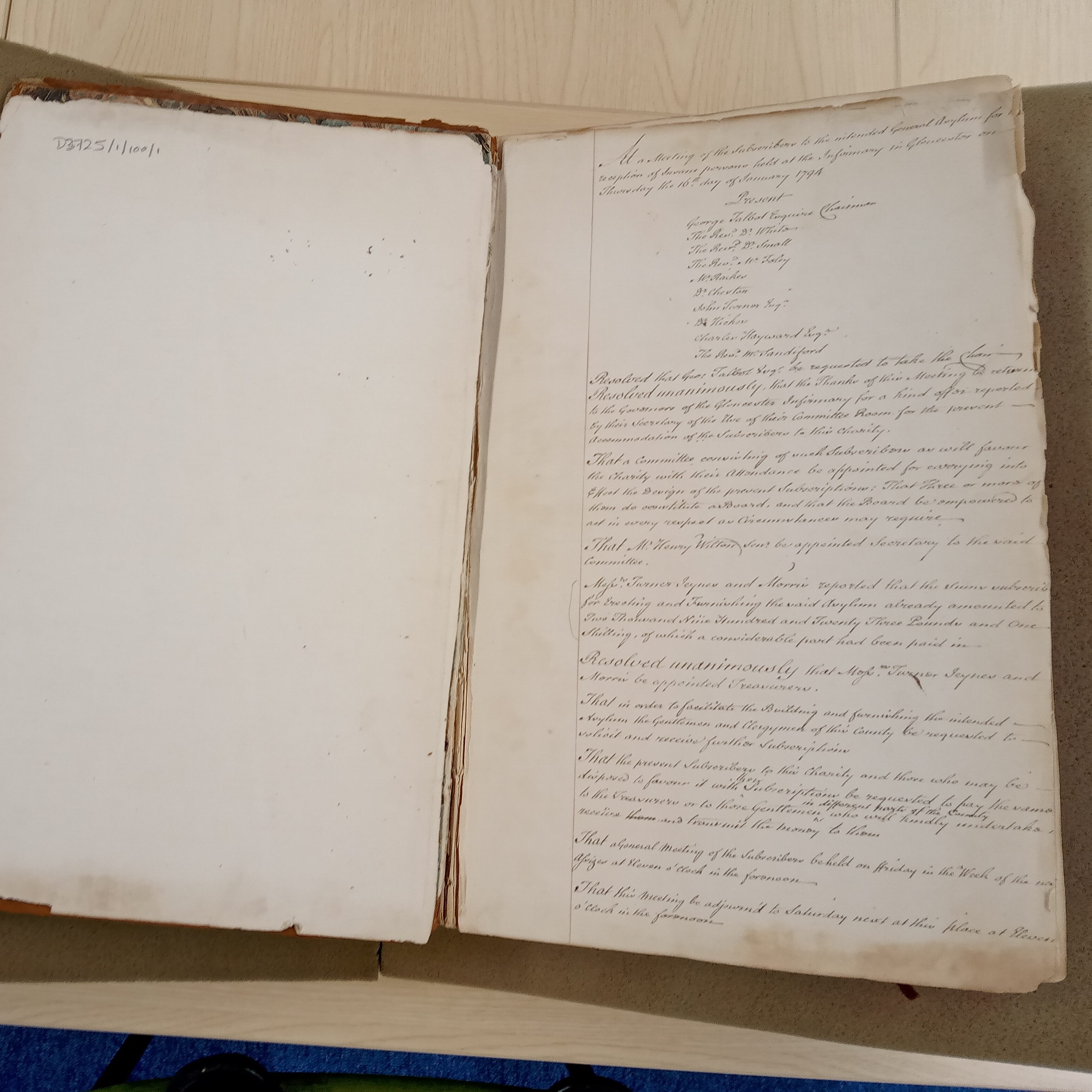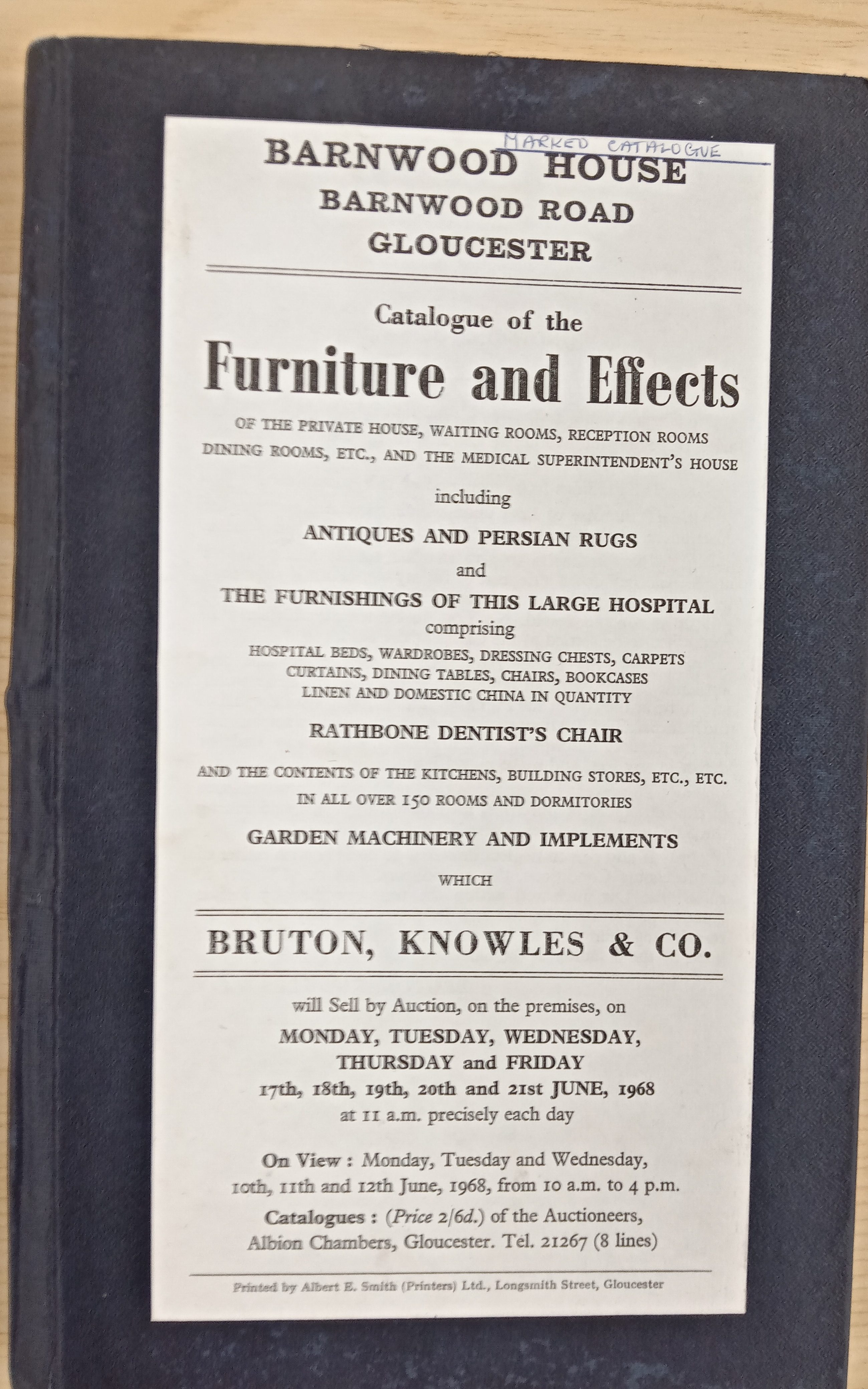Barnwood House Hospital was established around the early 1800s and operated as a private mental asylum until its closure in 1968. The impact of the hospital on the community of the City of Gloucester and indeed it’s national reputation over many years at the forefront of the treatment of mental illness cannot be underestimated. The ethos of the hospital can be demonstrated by the hospital’s rule book stating that “Because they are insane, the patients are not to be treated with less respect than they would be entitled to if they were of sound mind and at liberty” and “They are not the less ladies and gentlemen because they are unsound in mind”.

Every effort was made to surround the patients with an environment that would be conducive to their recovery from their illness. This was to be achieved by having a welcoming interior, the provision of healthy food from the hospital’s own farm and exercise in the hospital’s pleasant grounds, regular routines, high quality staff, trips to the seaside and as early as 1930 a pioneering occupational therapy department offering classes in handicrafts such as weaving and basket-making given by expert tuition.
D3725/1/100/1, Minutes of subscribers to the intended general asylum, 1794-1813, 1859. This is the oldest record in the collection. The start of the first page reads “At a Meeting of the Subscribers to the intended General Asylum for the reception of Insane persons held at the Infirmary in Gloucester on Thursday the 16th day of January 1794….”.
The hospital gained a reputation for high quality research and training. In 1939 Barnwood House in association with the Burden Neurological Institute became the first hospital to make use of electroconvulsive therapy (ECT) as a treatment. Five patients from Barnwood were selected to receive ECT. In 1941 again in conjunction with the Burden Neurological Institute the hospital first carried out a pre-frontal leucotomy where the white matter of the frontal lobes is surgically cut. None of the first four patients to receive the treatment left hospital after the operation but were described as more manageable and well behaved. After this initial trial an ongoing programme of performing the operation on patients took place, carried out by the neurosurgeon Wylie McKissock. The hospital gained a reputation for high quality training in mental nursing after 1926 even having a separate building solely for this purpose.
The hospital owned much land in the Barnwood area of Gloucester, between 1948 and 1962 it had more than 300 acres of grounds. The original purchase of Barnwood House and 48 acres of surrounding ground took place in February 1858 at a cost of £7,800. Over time the hospital consisted of the main building, a carriage yard, stables, coach houses, a farm, cottages, a kitchen garden, an orchard, a cricket pitch, a laundry and a chapel. The main building contained at various times a skittle alley, billiard rooms, an entertainment hall with a wide stage and a cinema. The hospital ended up owning several satellite properties including: North Cottage, The Manor House, Lynthorpe, Crickley Court, Seven Springs House, The Lodge Church Lane, Wheatstone, Woodchester Mansion, The Wilderness in the Forest of Dean and Hume Towers in Bournemouth bought as a seaside holiday home.

In the 1980s the hospital’s farmland to the north of Barnwood Road was put to commercial and industrial use. The land to the south of Barnwood Road was used for 3,000 houses. The land to the north of Barnwood Road that the hospital retained was leased to Crest Hotels, Barclays Computer Centre and the Walls ice cream factory. In the late 1960s the hospital experienced financial difficulties. After the hospital closed in 1968 the Barnwood Trust originally put its efforts into operating a day care centre and sheltered housing. However, with changing circumstances the sheltered housing was handed over to Elim Housing Association and the day care centre was wound down. After this the Trust began to operate ‘Community Builders’ and changed its name to ‘Barnwood Trust’. The central block of Barnwood House was demolished in 2000 and replaced by new housing. The rest of the hospital grounds are now an arboretum managed by Gloucester City Council and The Friends of Barnwood Arboretum. In 2019 the Trust began operating out of Overton House in Cheltenham. Eventually in 2022 after 162 years the Trust’s involvement with the Barnwood area of Gloucester ended.
D3725/1/157/49, Sale catalogue of furniture and effects of Barnwood House Hospital, marked up with prices fetched, 1968. During the 1960s Barnwood House experienced financial problems and closed in 1968.
The records cover the period 1794-1998 and consist of 137 boxes together with some oversized items and water damaged volumes that are unfit for production in the reading room. The records are catalogued under the code D3725. The vast majority of the records are individual case files or ledgers. These patient’s medical records are closed until 100 years old under the relevant legislation. The main way in which the records have been catalogued and opened up for future access is by the listing of names. Cataloguing the collection has been a fascinating journey in the changing fashions of both men’s and women’s names. Apparently, parent’s choices of name for their children goes in an approximately 80-year cycle. I have very much enjoyed the entire process of cataloguing this fascinating and diverse collection and hope that researchers get to make substantial use of it in the future.
Perhaps the most famous patient to stay at the hospital is the Gloucester poet and musician Ivor Gurney (28 August 1890-26 December 1937). Gurney suffered poor mental health after serving in the First World War, but whether his illness pre-dated this service is open to debate. It is now thought that he suffered from bipolar disorder and hopefully the records in the collection will help to settle this question. While at Barnwood Gurney made a night-time escape running off in his pyjamas. There was thought to be some possibility that the writer and comedian Spike Milligan, who also suffered from bipolar disorder, underwent a stay at the hospital, but the records show no evidence of this at present.
The catalogue is available online at https://catalogue.gloucestershire.gov.uk/records/D3725 There is also a brilliant book about the hospital which is well worth reading called “A Home from Home” published in 2022 by local author Richard Auckland. The book’s title comes from a phrase used by Dr. Frederick Needham in the annual report of 1891 and sums up nicely the ethos of the hospital.
by Jon Shepherd (Community Cataloguing Archivist)



How fantastic that this collection has now been catalogued. Certainly a valuable resource for future historians.
LikeLike